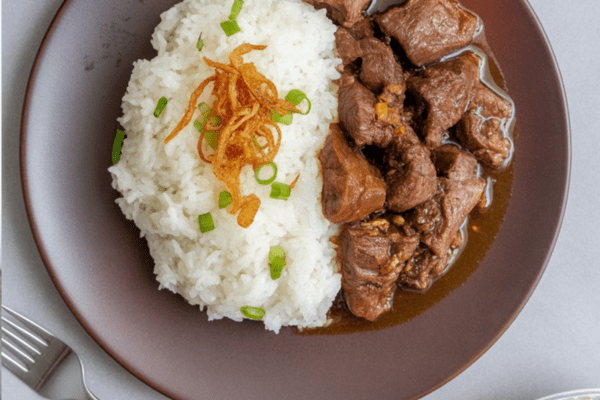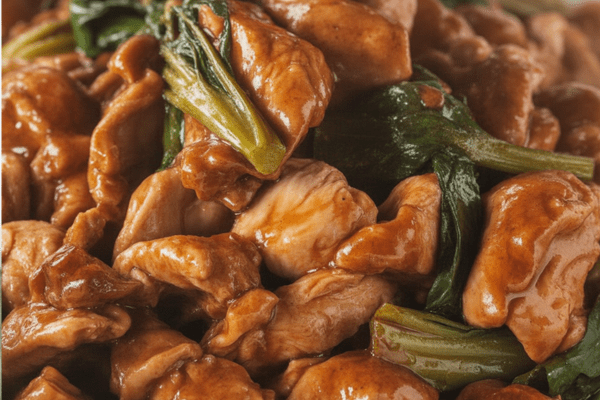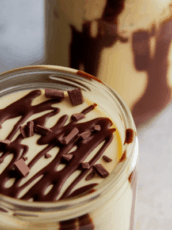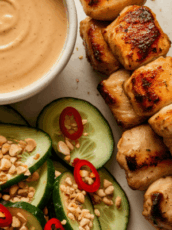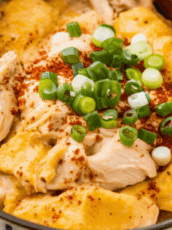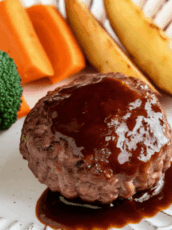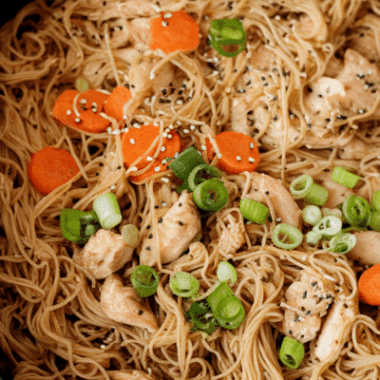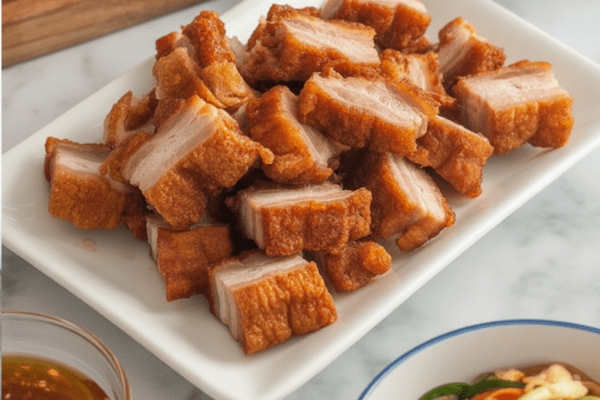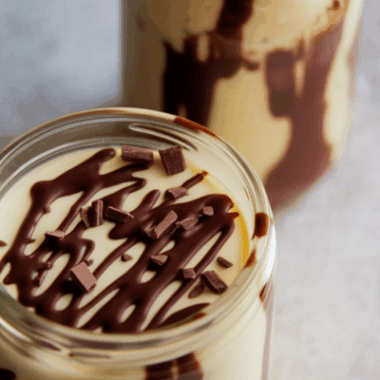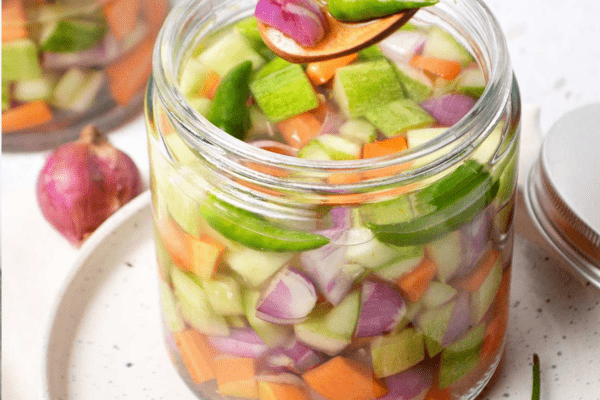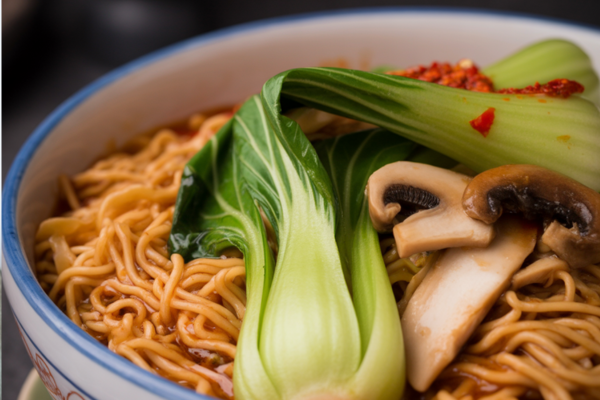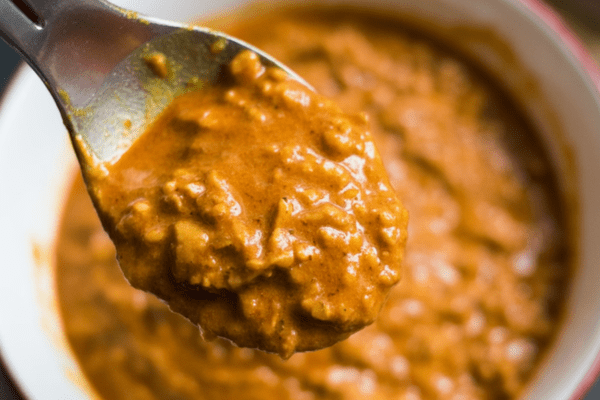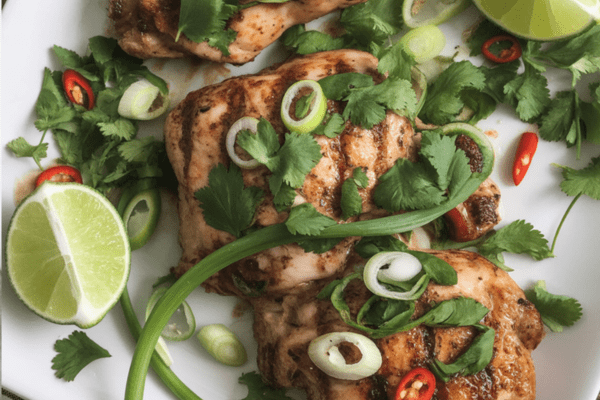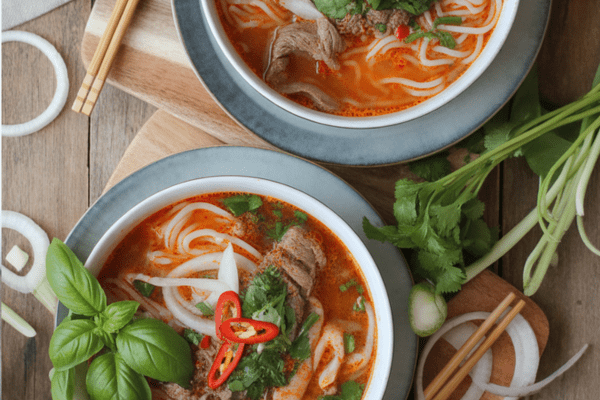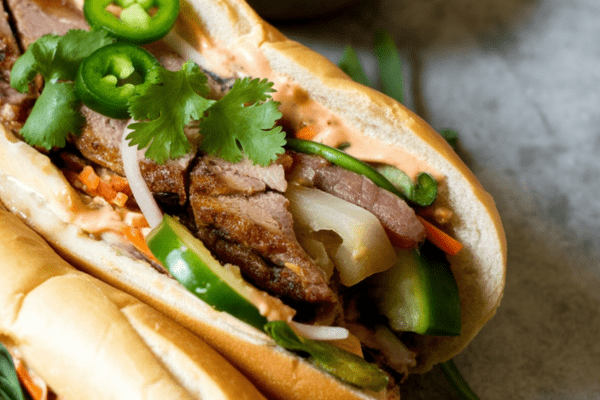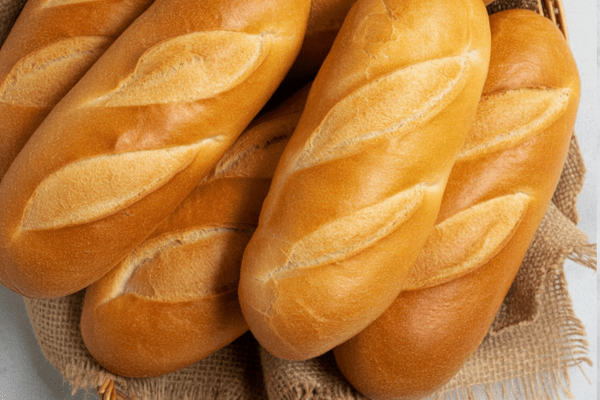I’ve always been a sucker for chilled, fruity desserts in the peak of summer. When the heat here feels like it’s pressing in from all sides, there’s nothing more satisfying than a bowl of cold mango sago. It’s creamy, lush with coconut milk, and full of juicy mango chunks.
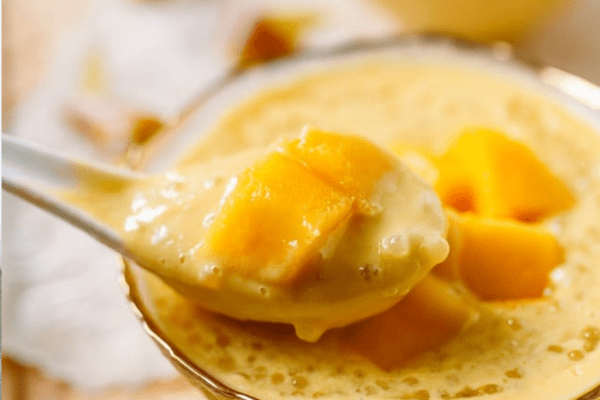
I like to think of it as my answer to those long afternoons when you want something sweet but not heavy. Honestly, a spoonful of that condensed milk richness over chilled mango and tapioca is the treat that makes me pause and savor every bite.
A Little Story Behind This Dessert
Mango Sago is popular all over Asia, but I first fell for it in a small dessert cafe in Kolkata. It wasn’t anything fancy—just a plastic bowl, a metal spoon, and a cold, creamy pudding that felt like a small luxury on a humid evening.
I remember lingering over it with friends, talking about nothing important at all. That’s the kind of food memory I love: relaxed, unpretentious, tied to good company.
Ever since then, I’ve made it a habit to recreate it at home every summer. Over time, I’ve tweaked the recipe to be as easy as possible without losing the magic.
Why This Dessert is My Summer Go-To
- Bright, tropical flavor. Ripe mango brings natural sweetness and that golden color that feels like sunshine in a bowl.
- Creamy but not heavy. Coconut milk keeps it light, and a drizzle of condensed milk adds enough indulgence to keep you reaching for more.
- Super easy. No oven, no complicated steps. If you can boil water and use a blender, you’re good to go.
- Flexible for all eaters. I’ve even made vegan versions for friends by swapping condensed milk for a splash of sweetened coconut cream or agave.
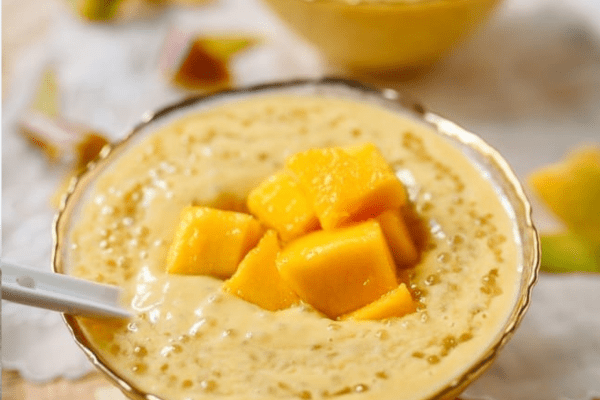
My Practical Tips and Little Tricks
Over years of making this, here are the things I tell anyone who wants to get it just right:
- Choose good mangoes. The better the mango, the better the dessert. I look for really ripe ones—Alphonso or Kesar varieties here are ideal. If they’re underripe, the pudding ends up bland.
- Cook tapioca properly. Don’t rush it. The pearls should turn fully translucent. If there’s even a tiny white core, let them sit in the hot water off-heat a bit longer.
- Rinse well. After cooking, I rinse the tapioca under cold water to stop it turning gummy. Then I let it sit in cold water until I’m ready to use it.
- Taste as you go. Mango sweetness varies. I often add an extra spoon of condensed milk if I find the mango a bit tart, especially if I plan to serve it chilled.
- Chill before serving. It’s best icy-cold. I blend the mango mix in advance and pop it in the fridge for an hour or two while the tapioca rests.
Can You Prep It Ahead of Time?
Absolutely. In fact, I encourage it. I’ll often cook the tapioca in the morning and chill the mango blend separately. When it’s time to serve, I just drain the pearls and stir them in.
If you’re hosting, this is a no-stress dessert that you can assemble in minutes before bringing it to the table.
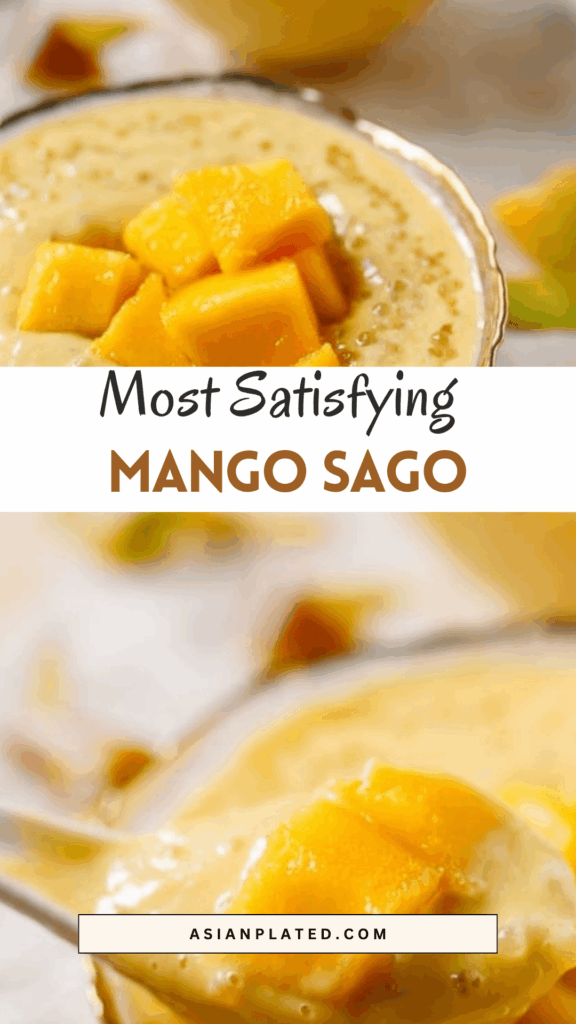
How I Like to Serve It
Most of the time, I use small glass bowls so you can see the pretty mango color with the tapioca pearls suspended in it.
For casual dinners, I’ll set out extra mango cubes on the side so everyone can pile on as much as they want. My kid even likes it with a scoop of vanilla ice cream on top—definitely not traditional, but delicious.
Storing Leftovers
If you happen to have leftovers (rare in my house), they keep well in the fridge for a day or two. Just give it a gentle stir before serving.
One tip: the tapioca can thicken slightly overnight as it soaks up more liquid. Sometimes I splash in a bit more coconut milk to loosen it up again.
Common Questions I Get
Can I make it vegan?
Yes! Replace the condensed milk with agave, maple syrup, or even a simple sugar syrup. Coconut cream works too if you want extra richness.
What type of tapioca should I use?
Look for small (mini pearl) tapioca. The big ones don’t work well here. I usually get them at the local Asian store or online.
Is it very sweet?
It can be. I personally like it on the sweeter side, especially if it’s served cold, because chilling dulls the sweetness a bit. Start with less condensed milk and add more if needed.
Let’s Get Cooking: How I Make It at Home
Here’s exactly how I do it in my own kitchen.
Ingredients:
- 2 large ripe mangoes
- 4 cups water
- 1/3 cup mini pearl tapioca
- 1 cup coconut milk
- 2–4 tablespoons condensed milk (to taste)
- 1/2 teaspoon vanilla extract
Instructions:
- Bring 4 cups of water to a rolling boil. Add the tapioca pearls only when the water is at a full boil. Stir to prevent sticking.
- Lower heat to simmer. Cook about 20 minutes until the pearls are fully translucent. If they’re still white in the center, turn off heat, cover, and let them sit for another 10 minutes.
- Drain and rinse under cold water. Place in a bowl of cold water until ready to use.
- Peel the mangoes. Set aside a generous handful of neat chunks for topping.
- In a blender, combine the remaining mango, coconut milk, condensed milk, and vanilla extract. Blend until completely smooth.
- Chill the mango mixture in the fridge for at least an hour if you want it really cold.
- When ready to serve, drain the tapioca well. Stir it into the mango mixture. Spoon into serving bowls and top with reserved mango chunks.
This dessert always makes me feel like summer is in full swing, no matter what the weather is like outside. If you try it, let me know how you serve yours—there are so many little ways to make it your own.
Mango Sago

When the summer sun is blazing and mangoes are in peak season, there's nothing more satisfying than this chilled, tropical dessert.
Ingredients
- 3 ripe mangoes (about 1 kg)
- 1/4 cup sweetened condensed milk (adjust to taste)
- 200 ml unsweetened coconut milk (half of a standard can)
- 1/2 teaspoon vanilla extract
- 1/2 cup small pearl tapioca (about 60g)
Instructions
- Cook the Tapioca Pearls: Bring about 4 cups of water to a rolling boil in a medium saucepan. Gently stir in the tapioca pearls only after the water is fully boiling to prevent clumping. Let it come back to a boil, then reduce the heat and simmer uncovered for 20 minutes, stirring occasionally. The pearls are ready when they turn fully translucent. If a white center remains, simply turn off the heat, cover the pot, and let them sit for 10 more minutes.
- Cool & Rinse: Once the tapioca is cooked, drain it using a fine mesh strainer. Rinse well under cold running water to stop the cooking and remove excess starch. Then transfer to a bowl of cold water and set aside to chill.
- Prepare the Mango Base: While the tapioca cools, peel and cut the mangoes, discarding the pits. Save a generous handful of mango chunks for garnishing later. Place the remaining mango flesh into a blender, along with the coconut milk, sweetened condensed milk, and vanilla extract. Blend until smooth and creamy.
- Chill & Assemble: Pour the mango mixture into a large bowl and chill in the refrigerator for at least an hour if you prefer your dessert extra cold. Just before serving, drain the tapioca from the cold water and fold it gently into the mango blend.
- Serve & Enjoy: Spoon the mixture into individual dessert bowls or glasses and top with the reserved mango cubes for a burst of color and freshness.
Notes
- Taste the mango-coconut blend before chilling — some mangoes are sweeter than others, so feel free to add a bit more condensed milk if desired.
Nutrition Information:
Yield: 4 Serving Size: 1Amount Per Serving: Calories: 292Total Fat: 4gSaturated Fat: 2gTrans Fat: 0gUnsaturated Fat: 1gCholesterol: 7mgSodium: 29mgCarbohydrates: 65gFiber: 4gSugar: 46gProtein: 4g
Asianplated.com, occasionally offers nutritional information for recipes contained on this site. This information is provided as a courtesy and is an estimate only. This information comes from online calculators. Although allchickenrecipes.com attempts to provide accurate nutritional information, these figures are only estimates.
Try other Chinese recipes:

